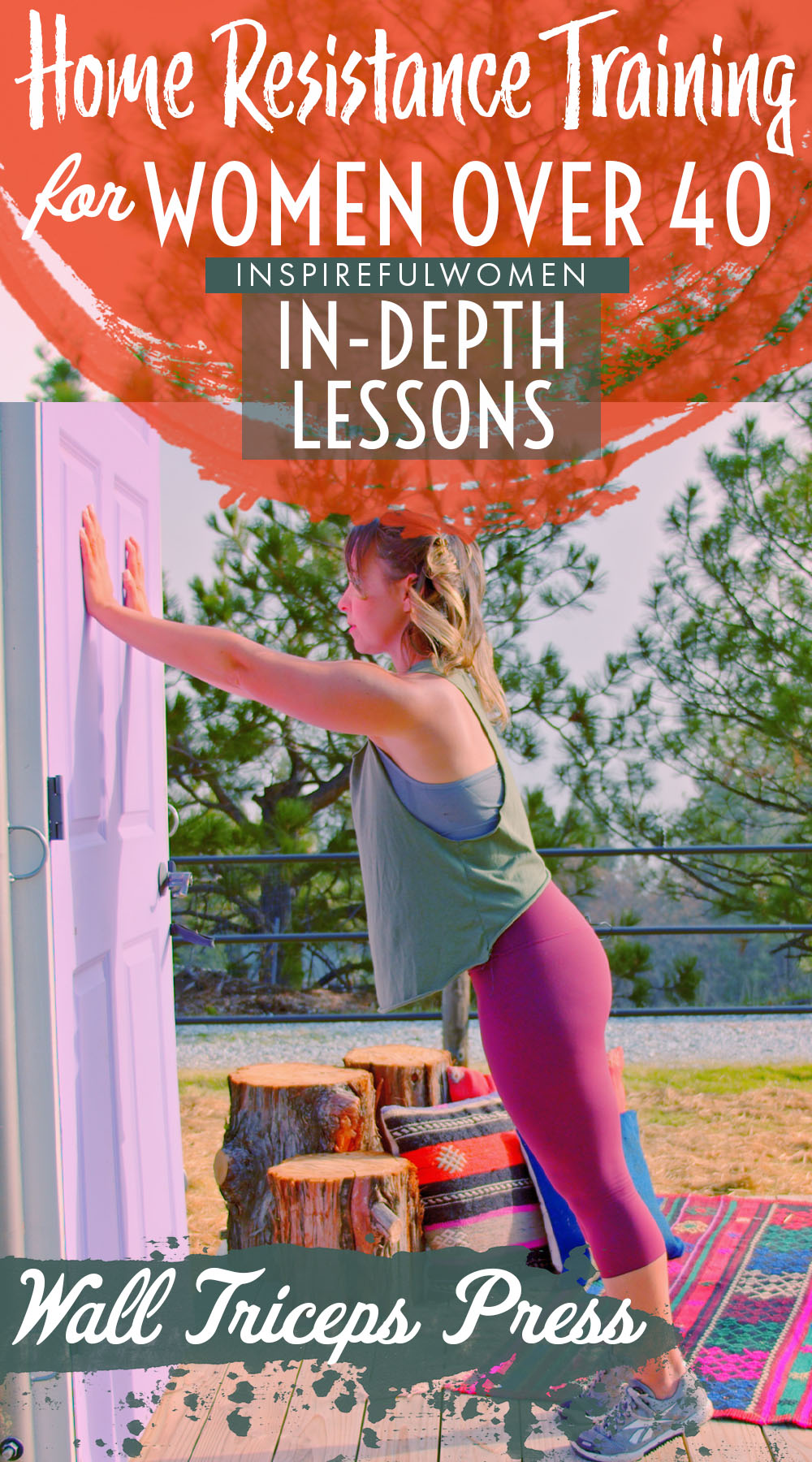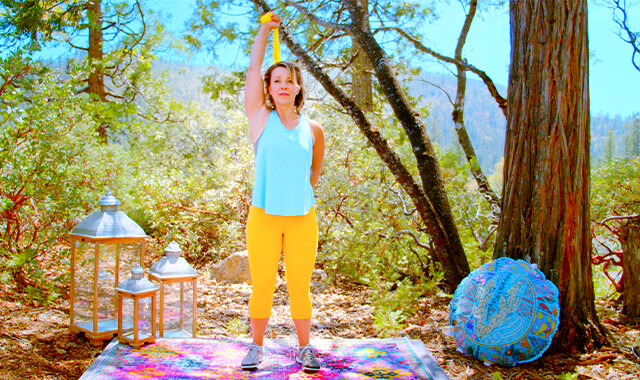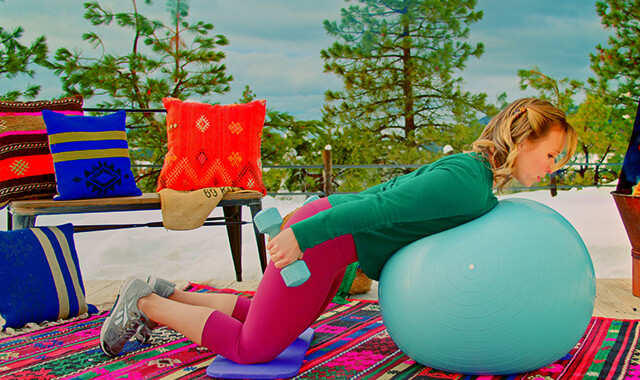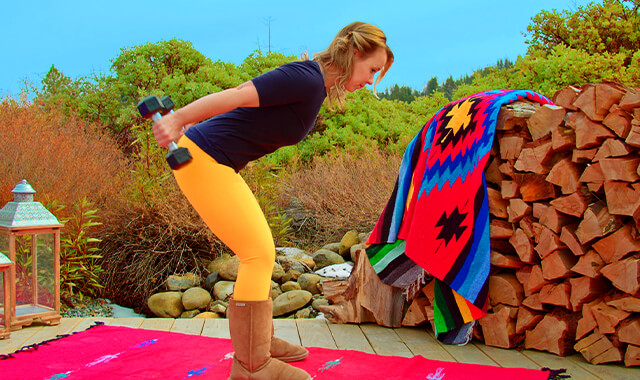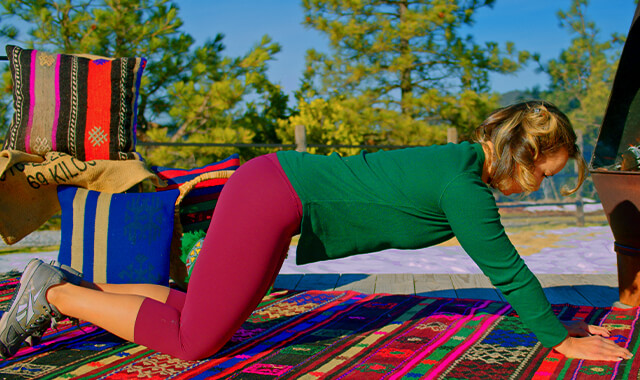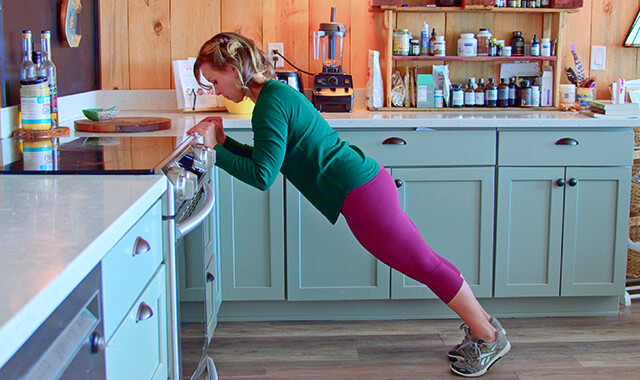Wall Tricep Extension
How to Do the Easy Bodyweight Wall Triceps Press| In-Depth Guide [VISUAL LEARNERS] Beginner
Proper Form & Common Mistakes | Home Resistance Training
WHAT DO YOU WANT TO SEE?
QUICK DEMO
QUICK DEMO
MUSCLES THIS WORKS
MUSCLES
MAIN MUSCLES WORKED IN the Wall Tricep Extension
TRICEPS
OTHER MUSCLES WORKED:
- Anterior deltoid
- Middle and lower trapezius
- Rhomboids
- Serratus anterior
- Latissimus dorsi
- Teres major
- Rotator cuff
- Pec minor
- Core muscles (obliques, transverse abdominis, quadratus lumborum, erector spinae, rectus abdominis, multifidi)
STARTING POINTERS
Starting Pointers
WHAT WE'RE DOING TODAY
Other names for this exercise: Incline Triceps Push Ups; Incline Triceps Press Up
ALL WE'RE DOING:
Kinda like a pushup on the wall - except keep your elbows in front of your body.
The bodyweight triceps extension is a simple yet effective exercise that targets the triceps, the muscles located on the back of your upper arms. This triceps exercise requires no equipment other than your bodyweight, making it easy to perform at home or anywhere you have enough space. Get ready to tone and strengthen those flabby arms!
This version of Bodyweight Triceps Extension is done by standing and pushing back from the wall. This position makes it very easy to adjust the level of difficulty. You can make the exercise easier by moving your feet closer to the wall and more challenging by moving your feet further out from the wall. If you walk your feet back too far, you won’t be able to get the forearms on the wall without slipping. At that point you should progress to a low surface like a window sill, couch, or table - see Incline Bodyweight Tricep Extension.
HOW TO DO THE EXERCISE
LOOKS
HOW the Wall Tricep Extension SHAPE OUR BODY
Balances out biceps in the upper arm, gives upper arm horseshoe definition. Toned core, waist.
PROPER FORM
PROPER FORM: Wall Triceps Extension
EQUIPMENT, SETS & REPS
EQUIPMENT
Wall, bare feet, or shoes that will not slip.
SUGGESTED STARTING WEIGHT FOR WOMEN:
None.
SETS & REPS:
2 sets of reps to fatigue (complete as many reps as you can with perfect form, take a break, and complete one more set until failure (loss of form); Alternatively - 2 sets of 8, moving to a higher surface to complete the reps if needed. Once you can complete 20 reps with perfect form it is time to walk the feet back from the wall.
PACE:
Controlled up and very slow down. It is easy to just relax back down - make sure you are working in both directions.
BODY POSITION
BODY POSITION FOR the Wall Tricep Extension
FEET: stand about one foot away from the wall, feet hip-width apart, toes forward - should be comfortable and stable. Feet on the floor, or you can be on the ball of your foot if it is more comfortable (ankle range of motion is limited or calf muscles are tight).
HANDS: Flat on the wall, about ear level, slightly narrower than shoulder width.
ARMS: Bend your elbows to lower your forearms onto the wall. Elbows about shoulder height, pointing down towards feet.
BODY STANCE: Walk your feet back to shift some of your weight to your upper body. Neutral spine - chest broad, shoulder blades together and down the back.
Once Inclined on the wall, you may need to play around with the exact location of your hands/feet. The exact location of your hands will vary according to how far your feet are away from the wall. There should not be any discomfort in your wrists, elbows, or shoulders. The higher your hands are the less your wrists will have to bend.
HOW TO DO
HOW TO DO the Wall Tricep Extension
CUE: Keep your elbows in line with your hands (not flaring out or in). Isolate your movement to your elbow joints.
Straighten your elbows to press your body away from the wall. Your forearms will lift off of the wall as your elbows straighten.
Your body should move as one unit.
Slowly lower back down to the starting position.
Walk your feet back if you want to make the movement harder.
HOW TO SAFELY GET OUT OF THE EXERCISE
Walk your feet back into standing.

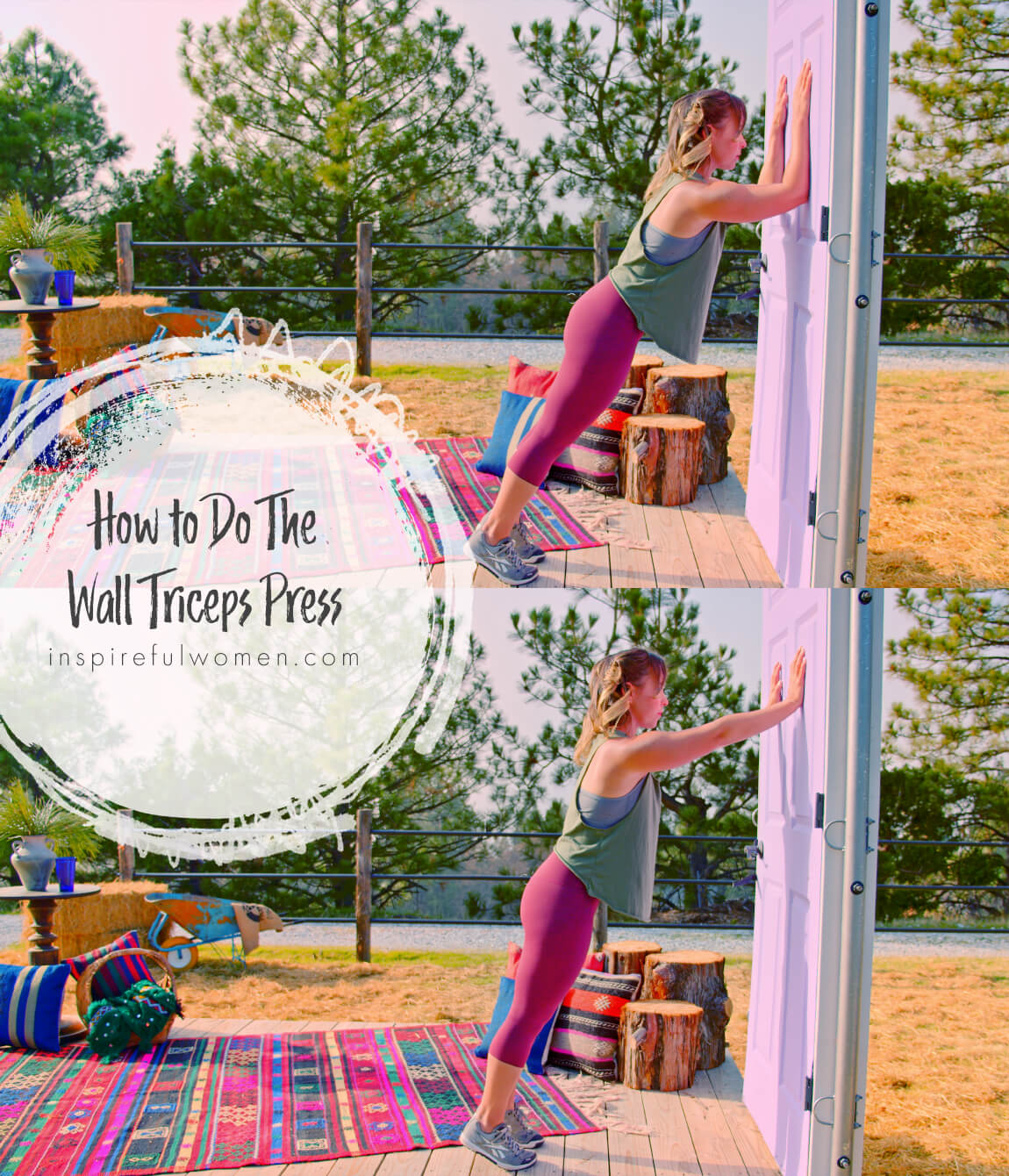
COMMON MISTAKES
COMMON MISTAKES
WHAT TO AVOID WITH the Wall Tricep Extension
KEY TIP:
Guess what? Good news! Many avoids are the same for most movements. Once you learn the basics, there's really only a few extra avoids for each individual movement.
1. Avoid Lifting/Tucking Chin
AVOID: Avoid tucking or lifting the chin.
WHY NOT?
- Your neck should be in a neutral position and feel lengthened to avoid compressing the joints, straining the muscles.
- The cervical muscles will be strengthened because you are holding the weight of your head in line against gravity - you want to make sure that you are strengthening the muscles in the healthiest position.
WHAT TO DO:
- Keep your neck neutral throughout the exercise.
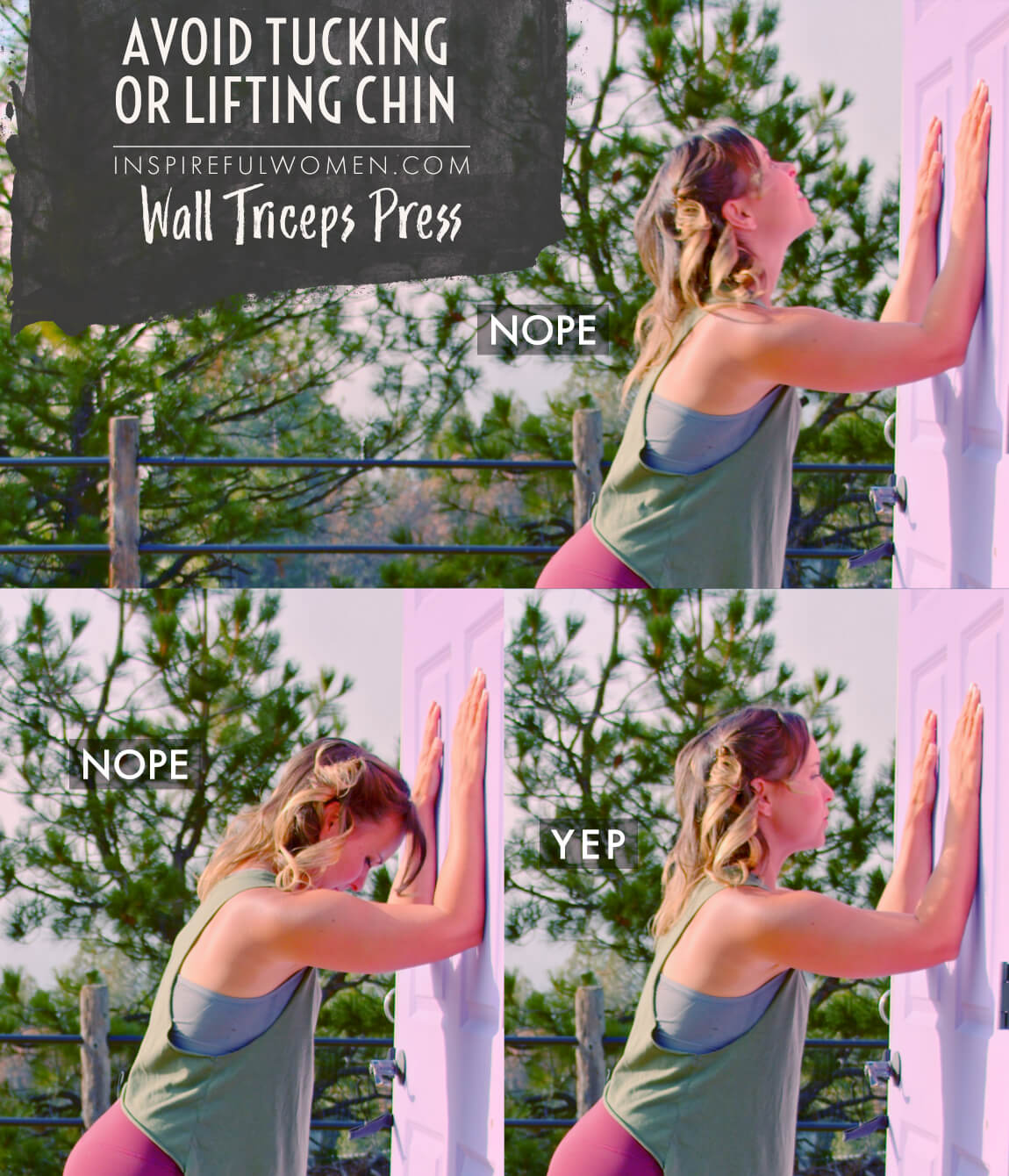
2. Avoid Locking Elbows
AVOID: Avoid hyperextending or locking the elbows when the arms are out straight - at the end of the movement.
WHY NOT?
- This puts too much force through the joint and may result in long-term damage over time.
- Can stretch the ligaments and tendons that support the joint
- This will decrease muscle activity and rely more on the joint surfaces.
WHAT TO DO:
- Keep the elbows slightly bent, even at the end of the movement.
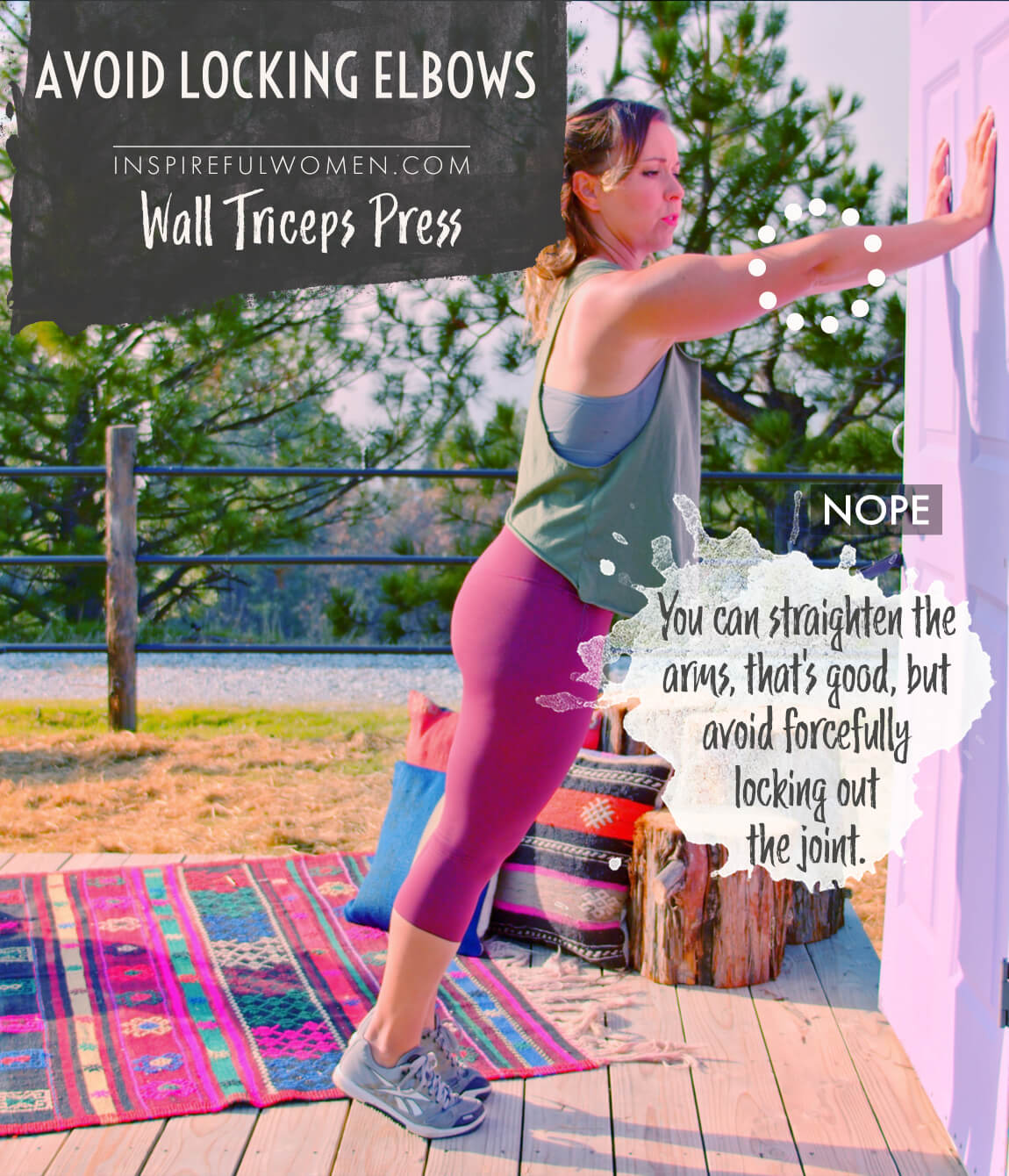
3. Avoid Shoulders to Ears
AVOID: Avoid letting the shoulders rise up towards the ear (no shoulder shrugging).
WHY NOT?
- Shrugging the shoulders will decrease the activation of the postural muscles (mid and lower back, and core) and activate the upper trapezius and levator muscles.
WHAT TO DO:
- Keep the shoulder blades retracted and depressed (down and back) to strengthen the muscles of the shoulder and upper back.
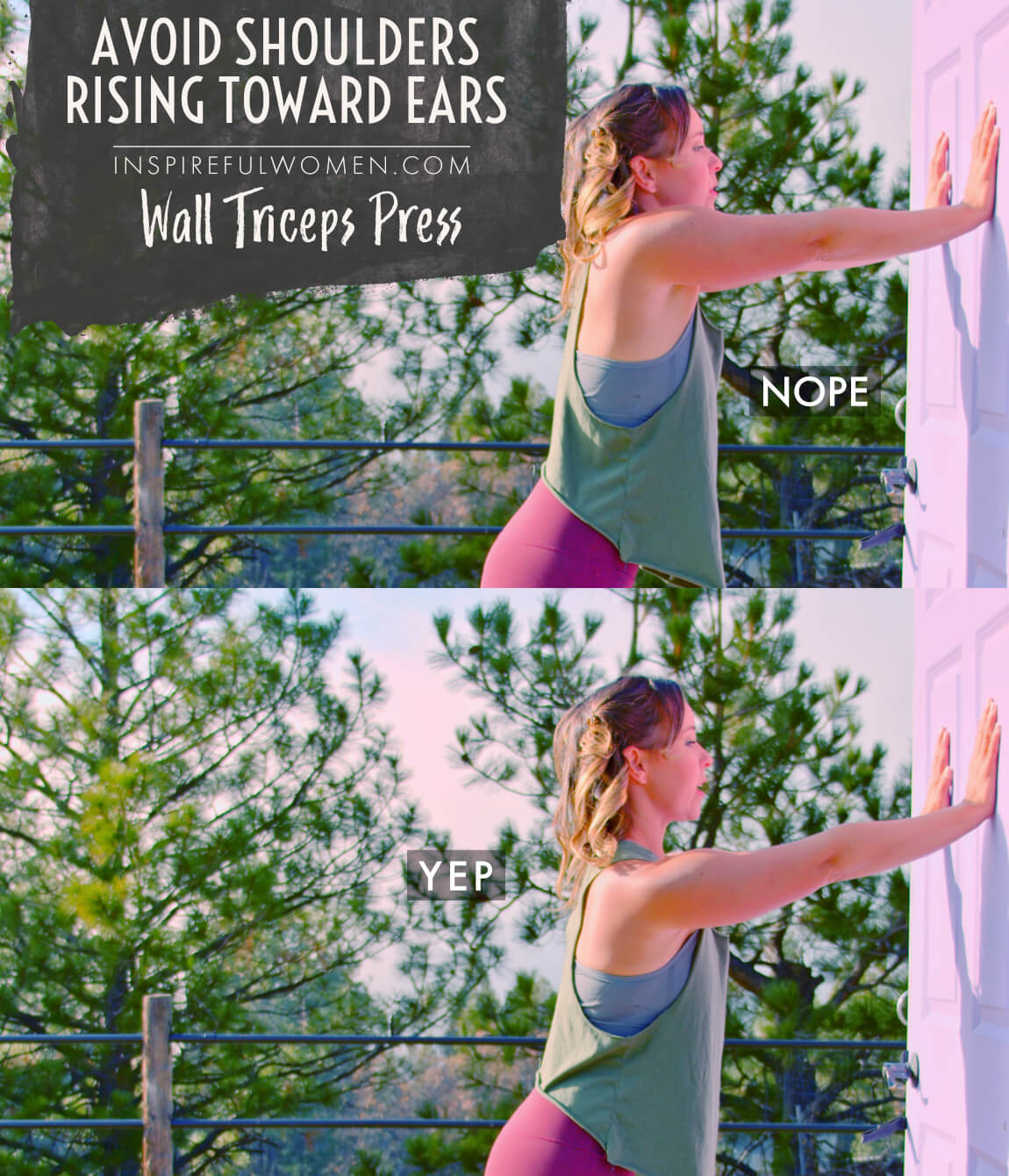
4. Avoid Rushing
AVOID: Avoid rushing.
WHY NOT?
- It is easier to do these exercises quickly with poor form.
- This will decrease the muscle activity of the stabilizing muscles and the triceps.
WHAT TO DO:
- Move with control, stability, and balance.
- It is better to do 2 good reps than 10 bad reps.
5. Avoid Elbows Flaring
AVOID: Avoid letting the elbows flare out.
WHY NOT?
- This will put the shoulder joint moves into internal rotation, decreasing the space between the top of the shoulder blade (the acromion process of the scapula) and the upper arm bone (humerus)
- Reduces the effectiveness of the exercise - it is more difficult to get full elbow extension at the top of the movement.
WHAT TO DO:
- Keep the elbows pointing straight forward.
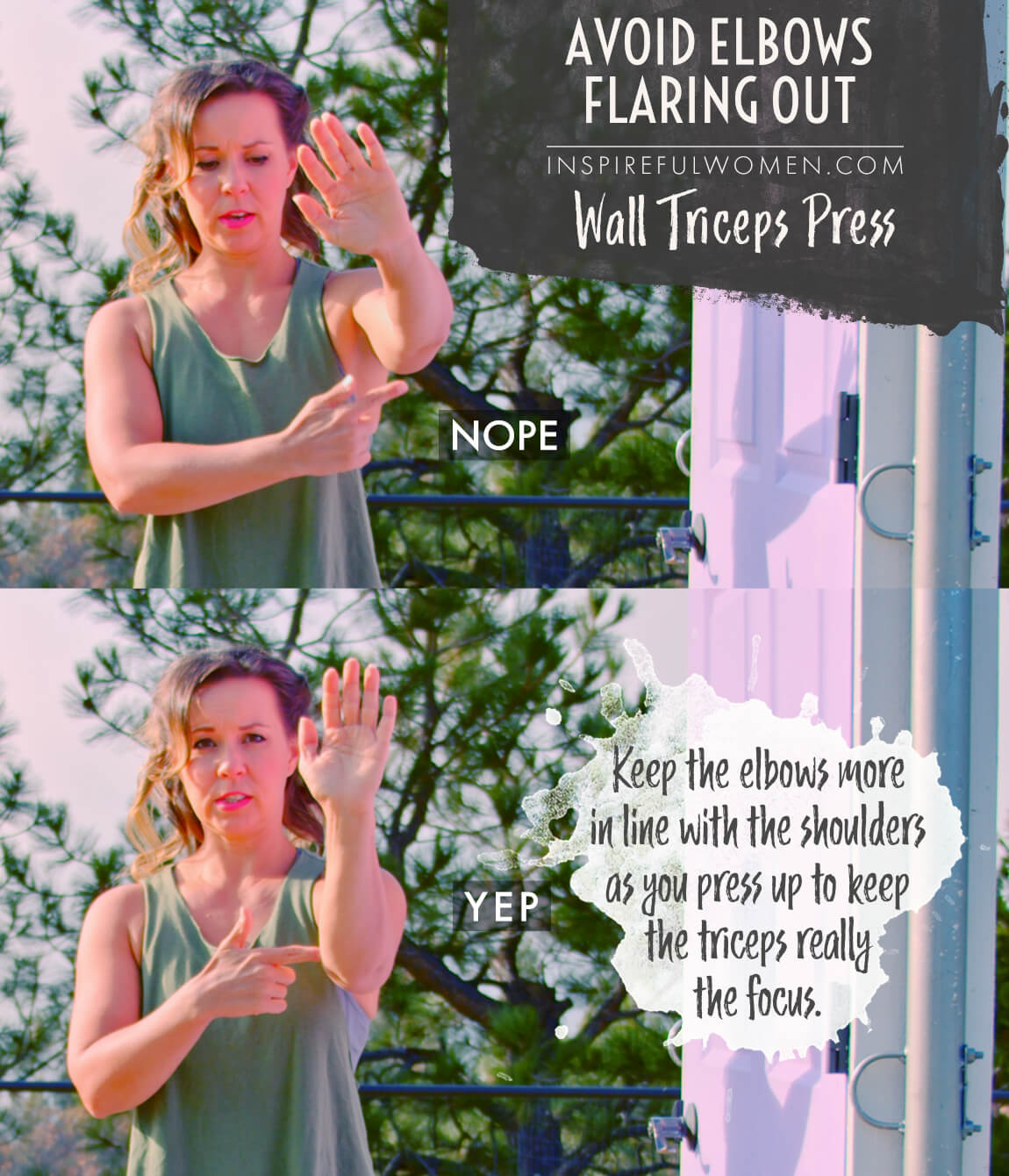
6. Avoid Sagging Low Back
AVOID: Avoid sagging your low back.
WHY NOT?
- If your stomach drops down towards the floor then your low back is sagging.
- This may result in low back injury
- This will decrease the muscle activity of the torso and arms.
WHAT TO DO:
- Activate your abdominals to maintain a neutral spine position.
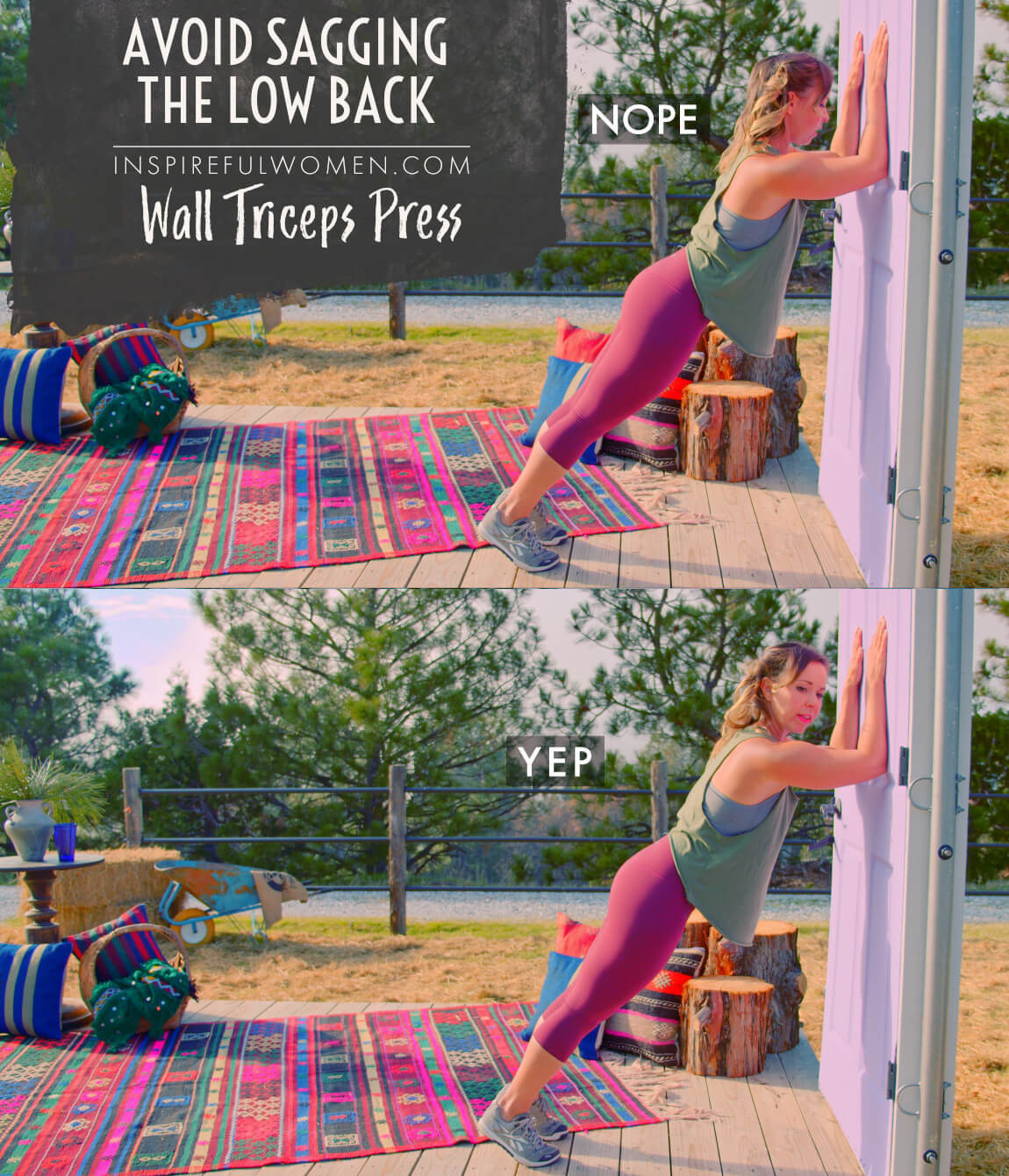
WHAT WE'RE DOING TODAY
WHAT & WHY
BENEFITS OF TRAINING THE triceps
WHAT
If this exercise looks suspiciously like a push-up, you would be right. But we tweak it just a bit to target our triceps more specifically.
A TRICEP EXERCISE WITH NO WEIGHTS! JUST YOUR BODYWEIGHT IS NEEDED. #KEEPLIFESIMPLE
Bodyweight tricep exercises are convenient because they can be done almost anywhere and they do not require any equipment. The exercises are pretty intense - moving your body using just your triceps is pretty demanding, not only for your triceps but also for all of the muscles that stabilize the arm, shoulder, and torso.
Bodyweight exercises are done in a closed chain - meaning that the hand is not free to move during the exercise, this trains the muscles of the arm and shoulder to stabilize the joints by improving the neuromuscular control (the nerve communication to the timing and amount of muscle activation) of the smaller muscles of the joints.
Bodyweight exercises require more balance, stability, and control, incorporating many of the muscles of the legs and torso - making it a nice full-body exercise.
WHY BOTHER DOING IT?
WHY
WHY DO WE EVEN CARE?
MAKES SENSE TO STRENGTHEN THE BIGGEST MUSCLE OF OUR ARM
Working the triceps is important to balance the frequently overtrained/overused biceps muscle.
The triceps is the largest muscle of the upper arm, it accounts for about ⅔ of the muscle bulk of the upper arm. This is especially important when the muscles need to work together to stabilize the joints of the elbow and shoulders. When one of the two muscles is proportionately stronger than the other - it can cause poor alignment at the elbow or shoulder joint, putting it at a higher risk for injury. It is smart to include a few bodyweight exercises in your program.
Arm exercises that work the muscles of the legs, torso, and upper body to stabilize the body as the arms work will improve your ability to safely lift, push and pull heavier objects for a longer period of time without injury. Training the muscles with bodyweight exercises teaches the whole body to work together, this is really important for many daily activities - pushing a heavy stroller, wheelchair, grocery cart, lawnmower, putting heavy boxes overhead, working overhead - painting, changing light bulbs, cleaning.
IMPROVE ABILITY WITH LOTS OF OTHER EXERCISES
Many other exercises, especially core exercises we do at Inspireful Women, involve using the triceps to some degree. The more we can strengthen the arms- triceps, biceps, shoulders & upper back muscles, the more we can progress the core exercises. Sometimes it's our arms that are a limiting factor
EVERYDAY LIFE
EVERYDAY LIFE &
MUSCLE FUNCTION
HOW WE USE OUR tricep MUSCLES IN EVERYDAY LIFE
1. STRAIGHTENS (EXTENDS) THE ELBOW (ALL THREE HEADS)
- Pushing an object overhead
- Pushing a door open or shut
- Chopping - swinging down
- Hammering - swinging down
- Sawing - pushing out
- Throwing a ball overhand
- Swatting a fly
2. THE LONG HEAD PULLS THE ARM DOWN WHEN IT IS OVERHEAD (SHOULDER EXTENSION)
- Pulling a cord to open a curtain
- Pulling a window down to shut it
3. ALL THREE HEADS HELP TO HOLD THE ELBOW JOINT STILL (JOINT STABILIZATION), AND THE LONG HEAD HELPS TO HOLD THE SHOULDER JOINT STILL
- Writing
- Pushing a stroller or grocery cart
- Using a screwdriver or knife
- Knitting
- Replacing a ceiling lightbulb
HOW TO FEEL WHAT MUSCLE IS WORKING
How to Feel What Muscle is Working
To feel your triceps activated:
- Lift your arm in front of you and set your hand and forearm on a table or counter.
- Put your other hand on the back of your upper arm.
- Press down with your hand resting on the surface.
- press down as if you were trying to straighten just your elbow;
- press down as if you were trying to pull your upper arm down to your side. In both cases, you should feel your triceps working.
SCIENCY STUFF
ALLLL MUSCLES & WHEN
ALL MUSCLES WORKING & WHEN DURING the Wall Tricep Extension
The muscles used for this exercise will be affected by how far away the feet are from the wall. When your feet are close there will be less of your body weight on the arms - the core muscles will work less, the triceps will work less - the anconeus and medial triceps may not contribute much at all to extend the elbow. Having the feet further from the wall will put more body weight on the arms. The core muscles will need to work harder and the medial triceps and anconeus will need to help to extend the elbows.
The core muscles and muscles of the hips and legs will work to stabilize the body during the movement. The scapular and back muscles (rhomboids, mid and lower traps, serratus anterior, pec minor, lat, teres major) work to hold the shoulder blades together and down as the elbow bends and straightens with each rep.
The movement begins as the triceps (and anconeus) work concentrically to push to the weight of the body as the elbows straighten. They work eccentrically to control the movement as the elbows bend and the forearms lower down to the wall.
PIN IT FOR LATER!
